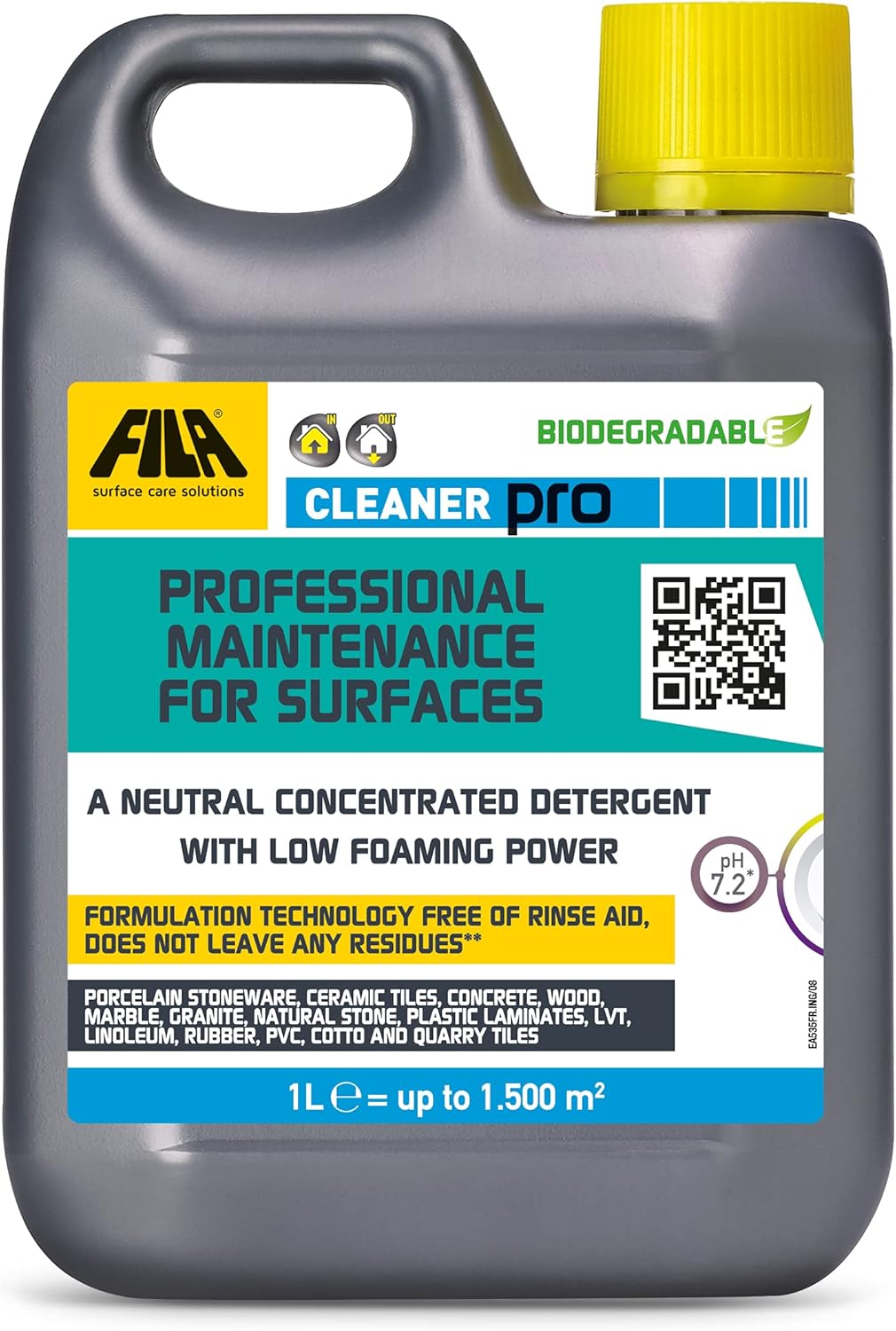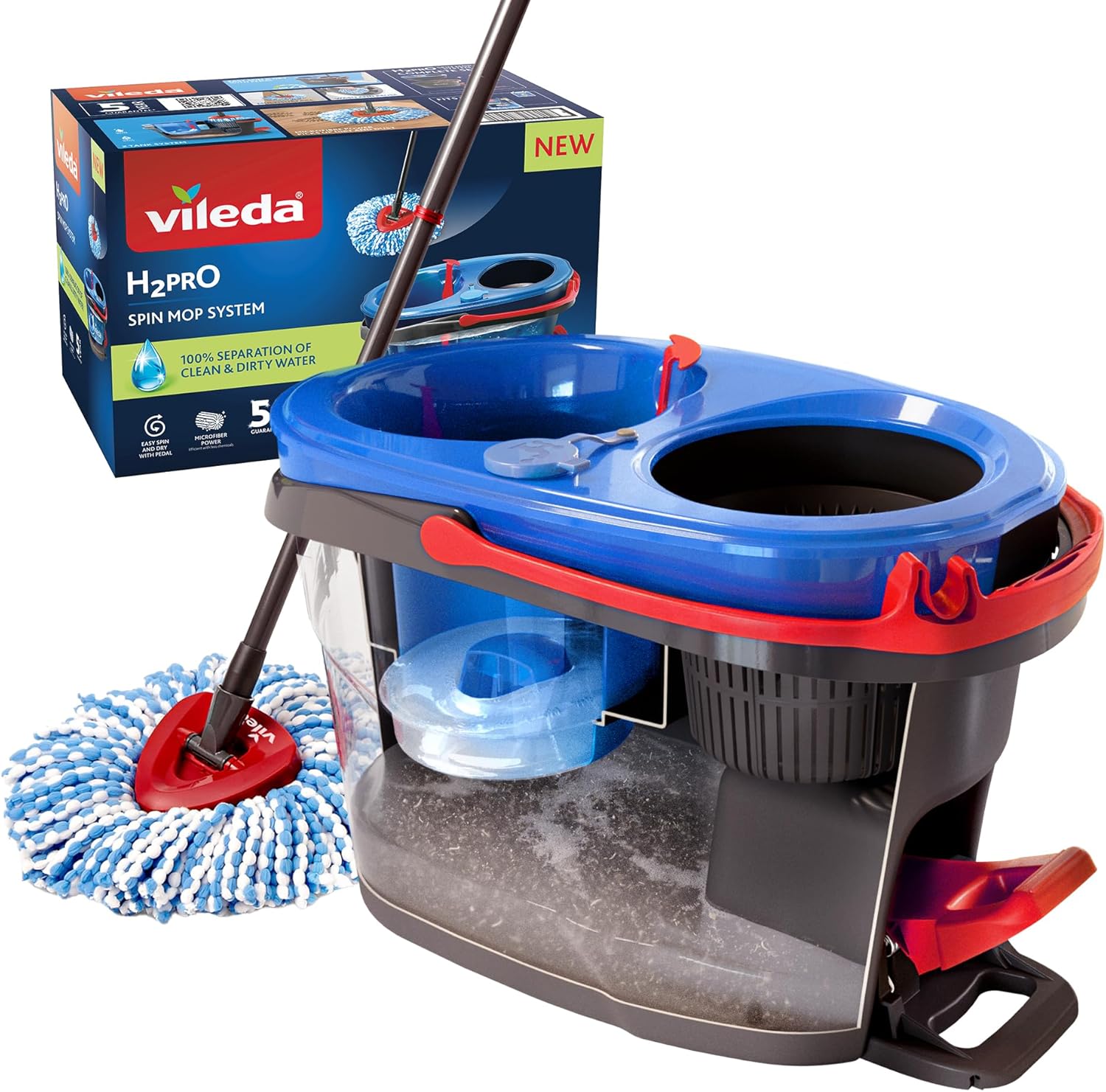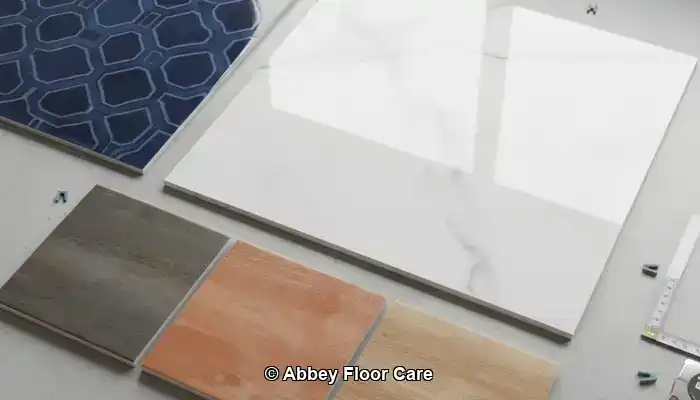
Last Updated on November 8, 2025 by David
Essential Insights on Resealing Porcelain Tiles: Frequency and Timing
- Porcelain tiles generally do not require regular sealing; however, the grout lines should be resealed approximately every 1 to 2 years to protect against staining and moisture absorption.
- High-traffic areas such as kitchens and hallways typically require more frequent resealing compared to low-traffic rooms like guest bathrooms.
- The water drop test serves as an easy method to determine resealing necessity—if water seeps into the tile or grout, it is time to reseal.
- Choosing the appropriate sealer is critical, depending on the tile type and location; penetrating sealers are especially effective for unglazed porcelain and grout.
- Common mistakes such as over-sealing, utilizing harsh cleaners, or neglecting grout lines can diminish the effectiveness of resealing and damage the flooring.
Discover the Diverse Range of Porcelain Tiles Available for Your Home
Expert Recommendations: Explore Our Top Products for Daily Grout Maintenance Cleaning

Fila Pro Floor Cleaner
|

Lithofin MN Stain Stop
|

Vileda H2PrO Spin Mop System
|

Delving into the Key Differences Between Glazed and Unglazed Porcelain Tiles
Porcelain tiles are primarily available in two distinct finishes: glazed and unglazed. Glazed porcelain features a protective layer baked onto its surface, which provides enhanced stain resistance and a broader range of aesthetic options. On the other hand, unglazed porcelain presents a more natural, matte finish that is often selected for its slip resistance and durability, particularly in areas with high foot traffic. While glazed tiles may not necessitate sealing frequently, unglazed tiles are more porous and greatly benefit from consistent resealing to avert moisture absorption and staining.
Understanding the Differences Between Ceramic and Porcelain Tiles
Although many individuals confuse ceramic and porcelain tiles, significant differences exist in density, water absorption, and overall durability. Porcelain is fired at higher temperatures, resulting in a denser and less porous material compared to ceramic tiles. This unique characteristic makes porcelain particularly suitable for environments prone to moisture, such as kitchens and bathrooms. Recognizing these differences empowers homeowners to make informed decisions about optimal sealing schedules and select appropriate cleaning products for their specific tile types.
Exploring the Factors Behind Porcelain’s Popularity in UK Homes
Porcelain tiles are immensely popular in UK homes due to their low maintenance requirements, aesthetic versatility, and compatibility with underfloor heating systems. They can effectively replicate the appearance of natural stone or wood while being exceptionally durable, making them an ideal choice for both contemporary and traditional home designs. Homeowners appreciate porcelain for its long-term performance, particularly when paired with efficient sealing and care practices that enhance their lifespan and aesthetic appeal.
 Recognizing the Importance of Resealing for Long-Term Care of Your Tiles
Recognizing the Importance of Resealing for Long-Term Care of Your Tiles
Comparing Maintenance Needs: Grout vs. Tile Surfaces
While porcelain tiles are generally low-porosity, particularly when glazed, the grout lines between them are highly absorbent and susceptible to staining. Although the tile surfaces may be resistant to moisture, the grout lines readily absorb spills, dirt, and cleaning agents. Resealing acts as a vital barrier that protects the grout from discolouration and erosion, particularly in kitchens and bathrooms, where exposure to moisture and contaminants occurs frequently and intensely.
Enhancing Moisture Resistance and Preventing Stains
Regular resealing greatly improves moisture resistance and diminishes the likelihood of stains penetrating porous areas. In high-traffic zones such as hallways and utility rooms, resealing becomes crucial for maintaining the floor’s appearance and preventing long-term damage. Homeowners who consistently reseal their tiles can extend the lifespan of both the tile and the grout, particularly in areas that are frequently exposed to water or cleaning solutions.
Maintaining Aesthetic Appeal and Enhancing Slip Resistance
Over time, tiles that are unsealed or poorly sealed can lose their original finish, resulting in a dull or uneven appearance. Resealing is essential for preserving the surface sheen and can enhance slip resistance when the appropriate product is applied. This aspect is especially significant in bathrooms and entryways where wet conditions heighten the risk of slips and falls. A well-maintained seal not only promotes safety but also elevates the overall visual allure of the area.
Key Factors That Influence Resealing Frequency

Assessing the Impact of Foot Traffic and Room Activity
Rooms with high foot traffic, such as hallways and kitchens, tend to wear down more quickly, exposing grout to increased levels of dirt and moisture. Conversely, low-traffic areas like guest bathrooms or spare bedrooms may not require resealing as often. Homeowners should evaluate each space individually rather than applying a universal resealing schedule that may not accommodate the unique needs of every room.
Recognizing the Impact of Cleaning Products and Surface Wear
The use of aggressive or acidic cleaning products can accelerate the deterioration of sealers, particularly in grout lines. Even products deemed safe for tiles can strip away protective coatings if used excessively or improperly diluted. A gentle, pH-neutral cleaner is optimal for maintaining the seal and minimizing the need for premature resealing.
Considering Indoor Climate and Ventilation Effects
Humidity levels and airflow significantly influence how quickly grout and tile surfaces dry after cleaning. Poor ventilation can lead to prolonged exposure to moisture, which can compromise sealers over time. Homes that are well-ventilated and maintain balanced humidity levels tend to preserve sealed surfaces for longer durations, particularly in areas like bathrooms and utility spaces.
Need Assistance with Your Tiles? Send us a quick message for expert advice.
How to Accurately Determine If Your Tiles Need Resealing
Spotting Common Signs of Wear and Absorption Issues
Visible changes in grout color, increased staining, or a lackluster tile surface may indicate that the seal has worn down. In heavily used areas, this deterioration can occur gradually, often going unnoticed until dirt becomes more challenging to remove or moisture lingers after cleaning.
Conducting the Water Drop Test to Assess Seal Integrity
An effective and straightforward method to check for seal failure is the water drop test. By placing a few drops of water on the tile and grout, you can observe whether they bead up or absorb into the surfaces. If the water penetrates quickly or leaves a dark patch, it’s time to reseal. This test is particularly useful for unglazed porcelain and grout lines, where porosity is typically higher.
Identifying Surface Dullness and Grout Discoloration
Tiles that exhibit a chalky appearance or uneven sheen may have lost their protective layer. Similarly, grout that darkens or presents patchy staining typically indicates a compromised seal. These visual signals assist homeowners in determining the necessity of resealing, even if the flooring feels clean to the touch.
Selecting the Most Suitable Sealer for Your Porcelain Floors
Understanding the Differences Between Penetrating and Surface Sealers
PENETRATING sealers infiltrate the tile and grout, creating a protective barrier without altering the surface appearance. They are ideal for unglazed porcelain and grout lines, providing moisture resistance while maintaining a natural finish. Conversely, surface sealers form a visible layer that may enhance shine or texture. These are commonly used on decorative tiles, but can affect slip resistance if not chosen carefully.
Choosing Safe and Effective Products for Tile and Grout
It is crucial to recognize that not all sealers are appropriate for both tile and grout applications. Homeowners should seek products explicitly labeled as safe for porcelain and compatible with cement-based grout. Utilizing an improper sealer can result in hazing, residue buildup, or diminished effectiveness. Always check product labels and ensure adherence to UK safety standards for optimal results.
Opting for Eco-Friendly and Pet-Safe Sealer Options
Many contemporary sealers are water-based and low in volatile organic compounds (VOCs), making them safer for indoor use. For households with pets or children, selecting a non-toxic, eco-conscious sealer minimizes exposure risks during application and while drying. These products usually require less ventilation and are easier to clean up after use, making them a practical choice for family environments.
A Thorough Guide to the Resealing Procedure
Preparing Surfaces: Important Cleaning Steps
Before proceeding with resealing, both the tile and grout must undergo a comprehensive cleaning process utilizing a pH-neutral cleaner. This step is essential for removing all dirt, oils, and residues to ensure the optimal adhesion of the sealer. It is vital to allow the floor to dry completely, as any moisture trapped beneath the sealer can lead to hazing or uneven coverage.
Recommended Tools and Techniques for Proper Application
Employ a soft applicator pad, microfiber cloth, or brush depending on the specific product and surface type. Ensure the sealer is applied evenly across both the tile and grout, working in manageable sections to avoid overlap marks. Adhere to the manufacturer’s guidelines regarding coverage rates and refrain from pooling excess product in the grout joints to achieve the best results.
Understanding Drying Times and Ventilation Best Practices
Generally, most sealers require a drying time of 2 to 4 hours before light foot traffic can occur, and up to 24 hours for complete curing. Enhancing airflow by opening windows or using fans is advisable, particularly in enclosed areas. Avoid wet cleaning or placing rugs on the surface until the seal has fully cured to prevent imprinting or stickiness, ensuring a flawless finish.
Establishing Resealing Schedules for Various Rooms
Comparing Resealing Needs Across Kitchens, Bathrooms, and Hallways
In kitchens, resealing is often necessary every 12 to 18 months due to regular spills, cooking debris, and foot traffic. Bathrooms may follow a similar timeline, particularly around showers and sinks where moisture exposure is prevalent. Hallways, depending on their usage levels, may require resealing every 18 to 24 months to uphold grout protection and surface clarity.
Assessing Resealing Requirements for Low-Traffic vs. High-Traffic Areas
In low-traffic spaces such as guest bathrooms or spare bedrooms, resealing every 2 to 3 years may be sufficient. In contrast, high-traffic areas like entryways, kitchens, and utility rooms benefit from more frequent maintenance. Homeowners should tailor their resealing schedule based on the specific usage of each area, rather than adhering to a rigid timeline.
Choosing the Right Seasonal Timing for Resealing Tasks
Spring and early autumn are the most favorable seasons for resealing floors in the UK, as these times typically offer moderate temperatures and adequate ventilation. It is prudent to avoid resealing during periods of high humidity or extreme cold, as these conditions can adversely affect drying times and overall product performance. Planning resealing tasks alongside seasonal cleaning schedules promotes consistency and ensures the durability of the flooring.
Avoiding Common Missteps During the Resealing Process
Understanding the Risks Associated with Over-Sealing
Applying too much sealer or resealing too frequently can lead to surface buildup, hazing, or sticky residues. This issue is particularly prevalent with surface sealers that create a visible layer. Homeowners should follow manufacturer instructions closely and avoid resealing unless the previous layer is visibly worn down or damaged.
Avoiding Harsh Cleaners Prior to Sealing
Utilizing acidic or bleach-based cleaning products can compromise the integrity of the tile and grout, making it challenging for the sealer to bond effectively. Always clean with a pH-neutral product before resealing to ensure the surface is appropriately prepared for treatment. Strong chemicals may also leave residues that can impede the performance of the sealer.
Ensuring Proper Attention to Grout Lines
Grout is often the most vulnerable aspect of a tiled surface, yet it is frequently overlooked during the resealing process. Neglecting grout lines can result in uneven protection and accelerated staining. Utilize a small brush or targeted applicator to guarantee that grout receives comprehensive coverage, especially in kitchens and bathrooms, where it is most susceptible to wear and damage.
Addressing Frequently Asked Questions About Resealing Porcelain Tiles
Can I Reseal My Tiles on My Own?
Absolutely, many homeowners opt to reseal their porcelain tiles and grout independently by using readily available products. Success depends on carefully following the instructions, selecting sealers safe for tiles, and ensuring that the surface is clean and dry before application. DIY resealing is particularly effective in low-traffic areas or for routine maintenance tasks.
What is the Most Reliable Method to Test for Seal Failure?
The water drop test is a dependable method for evaluating seal integrity. By placing a few drops of water on the tile and grout, you can observe whether they bead up or absorb. If the water is absorbed quickly or leaves a dark patch, it indicates that the seal is compromised, and resealing is recommended.
Which Products Are Safe for Use in Homes with Pets?
Seek water-based sealers that are low in VOC content and carry labels indicating non-toxic or pet-safe certification. These products reduce exposure risks during application and drying, making them suitable for households with pets or small children. Always ensure proper ventilation in the area and keep pets away from the floor until the seal has fully cured.
Is Resealing Necessary for Glazed Tiles?
Generally, glazed porcelain tiles do not require surface sealing; however, the grout lines between them still benefit from regular resealing. In some instances, a light application of penetrating sealer can protect the grout without altering the tile’s finish.
The article How Often Should You Reseal Porcelain Tiles first appeared on https://www.abbeyfloorcare.co.uk
The Article Resealing Porcelain Tiles: How Often is Needed? appeared first on https://fabritec.org

